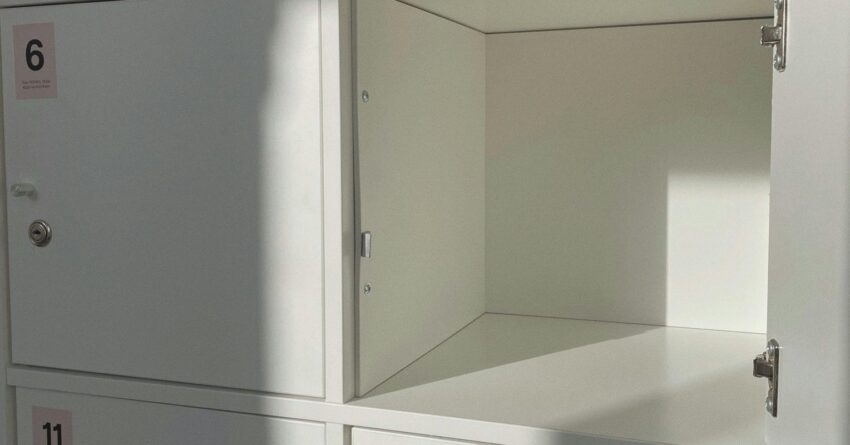Compartmentalizing often gets a bad rap. When we hear that someone is good at compartmentalizing, we often think of someone who is good at suppressing their feelings, or repression in general. It conjures images of stuffing down our feelings or overriding bad thoughts.
Good at compartmentalizing can often mean good at ignoring or avoiding important thoughts and feelings. It may have stereotypically male connotations and evoke a tough father or uncle who never disclosed anything about himself while praising his ability to manage or block out bad feelings.
In the current mental health climate, avoidance and suppression are most definitely understood negatively, and psychotherapy is primarily understood as a space where we open our suppressed or carefully sealed compartments for deeper scrutiny and understanding.
The benefits of mental compartments
Compartmentalizing does have a place in general mental health, however.
Another way to look at this notion is through the lens of boundaries. From this angle, creating mental compartments can be seen usefully as a way to assign mental attention to parts of our mind at appropriate moments in time. This can help us to avoid the experience of flooded thoughts or emotions at inopportune times and foster a better ability to focus and be present.
One of the central insights of the popular intervention CBT (cognitive behaviour therapy), is to see the power of our mind to sort, edit, and reframe the thoughts that often overwhelm our psyche. CBT asks us to look at our barrage of thoughts individually and decipher the “reality” of each one. We might distill the thought “You’re not good enough” from a general feeling of malaise and then highlight the contrasting “evidence” showing how you are in fact a good enough worker, lover, friend, etc.
This practice is very effective in helping to manage intrusive thoughts; however, we don’t always have the opportunity to pause our life and begin a detailed thought journal, or consult with a therapist when these feelings strike. This is where having a good mental compartment can be helpful.
A mental compartment is a way to dialogue with an intrusive feeling or thought and temporality shelve it for another more appropriate time of investigation. This process requires relatively sophisticated mental gymnastics as it involves identifying an intrusive image, fantasy thought, or feeling in a moment where it doesn’t “belong” without succumbing to its demands for attention and mental energy.
Our thought processes then “bracket” that image or thought for a later investigation. Sometimes I will ask clients to literally dialogue with this voice, saying, “I know you are important to examine, but I will get back to you later.” It is like creating an internal voice mail system for your psyche.
Suppression or repression would ignore or try to simply block out the intrusive voice or image. The voice will always call back, however, as many clients report. But you can, in contrast, put an intrusive thought “in its place,” telling it that it is not appropriate at this moment.
Over time, exploring these voices in therapy will help to silence or quiet the frequency of intrusion, but often we have to live with a certain amount of internal mental disruption. Creating visual “compartments” for these feelings can validate the voice that often needs addressing, without consuming or flooding the real everyday tasks required of adults to function in a busy modern world.
